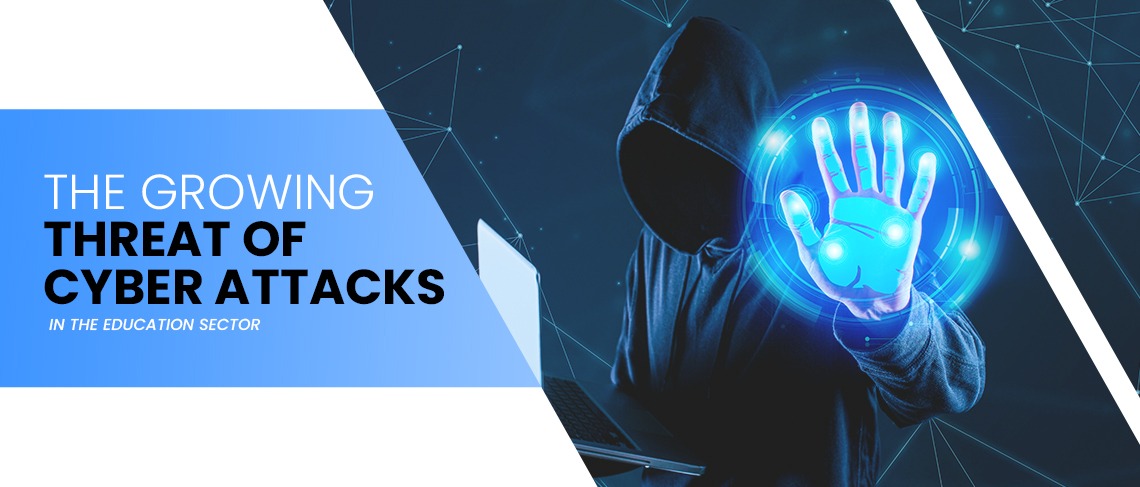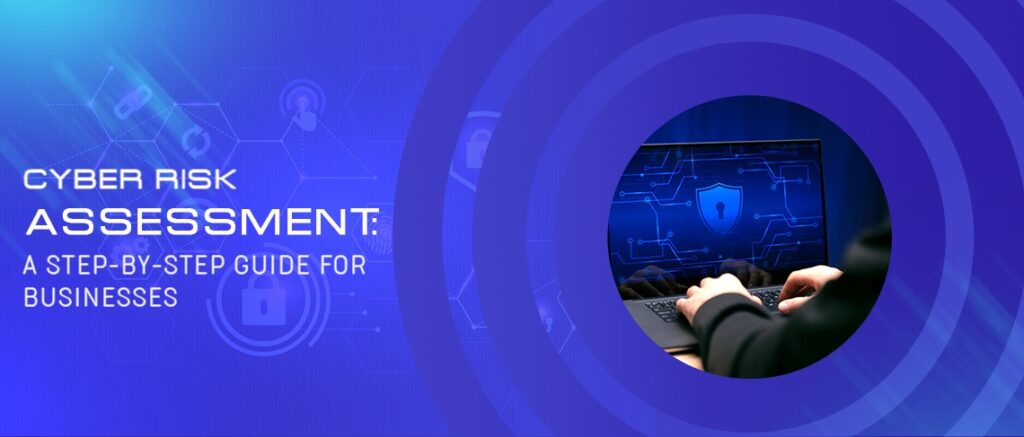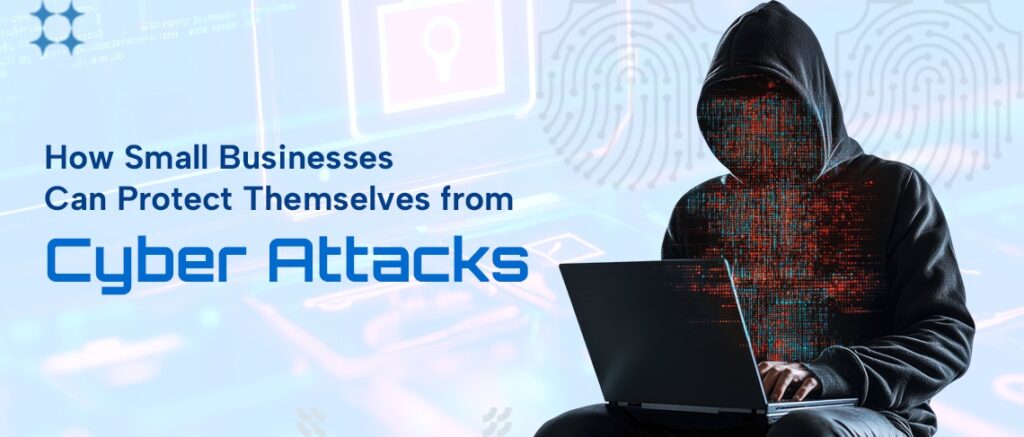The digital transformation of schools and universities has delivered countless benefits, from online mastering tools to streamlined administration. But with this newfound reliance on technology comes a vast risk. Cyber assaults concentrated on educational establishments are growing at an alarming price, threatening touchy statistics, critical structures, and the agreement of college students, dads and moms, and educators alike.
This weblog will take a better examine the sorts of cyber attacks targeting schools, why those establishments are uniquely prone, and actual international examples that highlight the gravity of this difficulty. Finally, we’ll define actionable techniques to assist your faculty guard in opposition to these threats.
Types of Cyber Attacks Targeting Schools
Educational establishments are tempting targets for cybercriminals due to the precious records they shop. From pupil data to economic facts, the stakes are high. But what forms of cyber attacks are maximum, not unusual within the training region?
1. Ransomware Attacks
Ransomware is one of the most disruptive styles of cybercrime. Hackers infiltrate a college’s device, encrypt vital statistics, and call for payment (frequently in cryptocurrency) to release it. Schools, desperate to regain entry to locked documents, frequently feel pressured to pay, fueling more assaults.
Example: The Baltimore County Public Schools machine suffered a ransomware assault in 2020, forcing faculties to close for days. The attack disrupted online studying for over 115,000 college students and gave the district sizeable money and time to recover.
2. Phishing Scams
Phishing attacks make the most human vulnerabilities. Hackers send misleading emails or messages that seem valid, tricking the body of workers or students into revealing login credentials or clicking malicious links. Even a single successful phishing attempt can cause huge community breaches.
Example: A phishing assault on Manor Independent School District in Texas targeted employees with fraudulent emails. The assault compromised touchy employee information, highlighting how effortlessly those schemes can infiltrate even massive institutions.
3. Distributed Denial of Service (DDoS) Attacks
DDoS attacks flood a network with immoderate visitors, overloading servers and making structures inaccessible. Schools that depend heavily on online structures for gaining knowledge face extensive disruptions whilst targeted through DDoS assaults.
Example: A string of DDoS assaults hit Miami-Dade County Public Schools in 2020, crippling their online studying platform for days. The attacks, allegedly done by using a teen, left students and teachers not able to conduct virtual instructions throughout a vital time.
Why Schools Are Vulnerable
Cyber attacks have become greater sophisticated, however, why are academic institutions consistently centered? It comes all the way down to a combination of resource constraints and specific environmental factors.
Limited Budgets
Many faculties perform on tight budgets, which can bring about underfunded IT departments. Allocating the budget for sturdy cybersecurity measures regularly takes a again seat to other urgent desires, leaving systems inadequately protected.
Lack of Cybersecurity Training
Educators and administrative groups of workers are experts in their fields—however typically now not in cybersecurity. Without the right training, personnel may also by chance leave systems open to assault with the aid of falling victim to phishing scams or mishandling touchy records.
Outdated Systems and Software
Legacy systems and old software are pervasive in schooling. Schools often lack the assets to improve to newer, extra secure technology, making them top goals for hackers who take advantage of vulnerabilities in older systems.
High Volume of Users
Schools have a diverse and sprawling consumer base, including students, instructors, and administrative personnel. This huge community increases the range of capacity to get entry to points for hackers to take advantage of.
Real-World Examples of Cyber Attacks on Schools
While information offers a sobering photo of cybercrime in training, actual-world cases often offer the clearest expertise of the trouble. Here are two examples that underscore the critical results of inadequate cybersecurity:
Case 1: DarkSide Attacks on K-12 Schools
DarkSide, a ransomware group, targeted a couple of K-12 schools in the United States in late 2021. These assaults now not only encrypted essential documents but also leaked sensitive scholar and body of workers statistics on the dark internet. The affected schools confronted interruptions to core operations and lengthy-term reputational harm.
Case 2: University of Utah Ransomware Attack
In 2020, the University of Utah suffered a ransomware assault that caused a payout of $457,000. The attackers successfully encrypted documents on college servers, threatening to release the statistics until the ransom become paid. This incident highlights the monetary and operational toll ransomware can inflict on better schooling institutions.
Prevention Strategies for Proactive Schools
The stakes couldn’t be better when it comes to shielding a college’s digital infrastructure. The top information? Schools can extensively reduce their risk by implementing complete cybersecurity measures. Here are the simplest techniques:
1. Prioritize Cybersecurity Training
Empower your personnel and students with the understanding they need to recognize potential threats. Conduct normal workshops and education classes on the importance of robust passwords, identifying phishing attempts, and following satisfactory practices for steady virtual conduct.
2. Conduct Regular Security Audits
Hire cybersecurity experts to assess your machine’s cutting-edge vulnerabilities. Regular audits can identify old software programs, weak factors within the community, and methods that could open doorways to hackers.
Three. Invest in Advanced Security Solutions
Modern cybersecurity software is critical. Schools have to enforce firewalls, anti-virus applications, and intrusion detection systems. Consider multi-factor authentication (MFA) to feature a further layer of protection to logins.
4. Keep Systems Up-to-date
The handiest manner to mitigate vulnerabilities is by updating all software programs and structures frequently. Most updates consist of patches to protect against newly located security flaws.
Five. Prepare an Incident Response Plan
No system is invulnerable. Having a detailed incident response plan guarantees your group can act speedy and efficaciously on the occasion of a cyber-attack. This plan ought to include roles, duties, and communication protocols.
6. Partner with Cybersecurity Experts
Educational institutions don’t should face those challenges by themselves. Partnering with cybersecurity companies can provide colleges get admission to to specialized knowledge and solutions tailored to the specific desires of the training quarter.
Build a Stronger Cyber Defense for Your School
The rise in cyber assaults targeting the training zone is a sobering reminder of the risks that come with technological dependence. Schools are treasure troves of touchy statistics, and without proactive measures, they will stay prone to increasingly more state-of-the-art threats.
However, the course ahead is apparent. By prioritizing cybersecurity training, accomplishing everyday gadget audits, and investing in modern-day safety answers, instructional institutions can shield their networks, shield their data, and keep the trust of their groups.
Don’t watch for your college to end up with any other statistic. Begin fortifying your cybersecurity infrastructure today and build a more secure, greater resilient future.



